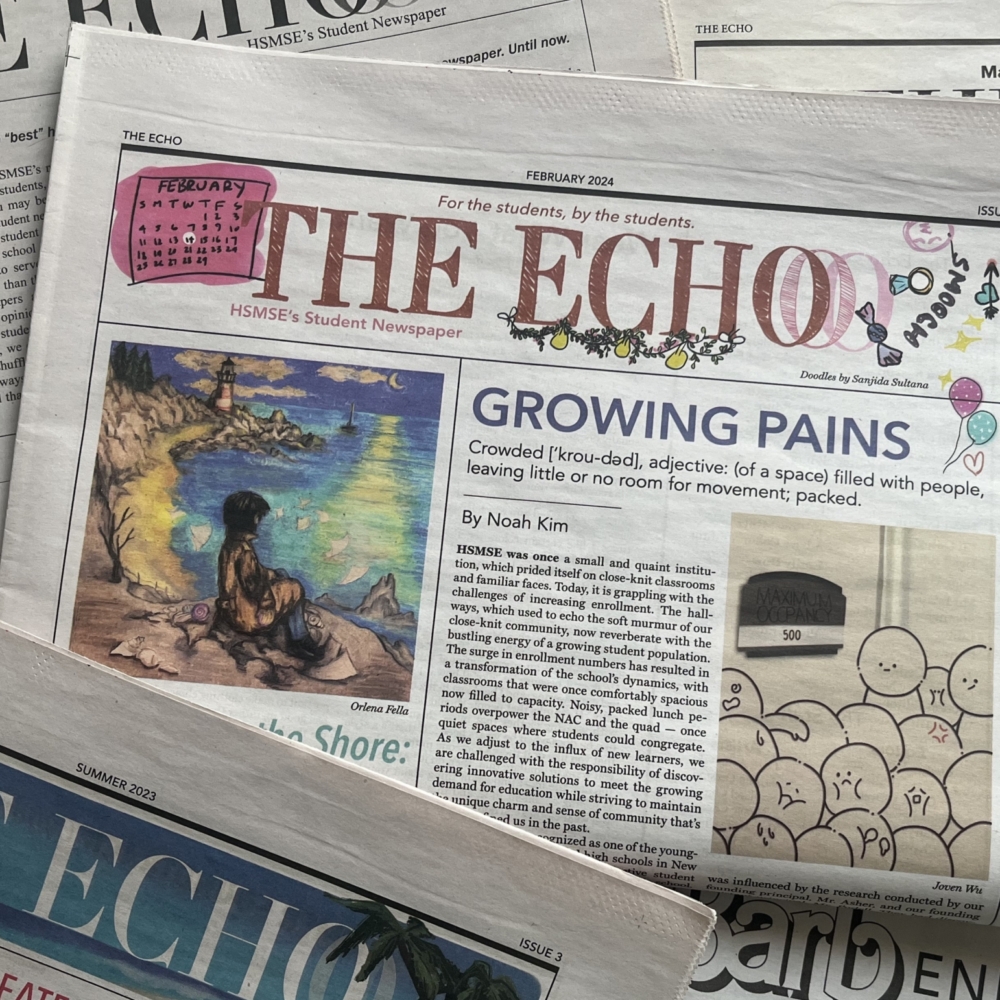The Definitive Guide to News Articles
The Definitive Guide to News Articles
Blog Article
News Articles Fundamentals Explained
Table of ContentsAll about News ArticlesNews Articles Things To Know Before You BuyA Biased View of News ArticlesFacts About News Articles RevealedSome Of News Articles
Excellent understanding of different subjects offers pupils a competitive side over their peers. Although digital and social networks are conveniently obtainable, we ought to not neglect exactly how vital it is to read the newspapers. Parents need to attempt and inculcate the behavior of reading a paper as a daily routine to proceed the tradition of the adored print medium.Newspaper article additionally include at least one of the complying with essential qualities loved one to the designated target market: closeness, prestige, timeliness, human rate of interest, quirk, or repercussion. The associated term journalese is occasionally utilized, generally pejoratively, to describe news-style writing. One more is headlinese. Papers usually abide by an expository writing style.
Within these limits, information stories additionally intend to be detailed. Amongst the bigger and much more reputable newspapers, fairness and equilibrium is a major aspect in presenting info.
Newspapers with an international target market, as an example, often tend to utilize a more formal style of writing. The particular selections made by a news electrical outlet's editor or content board are usually collected in a design overview; common style guides consist of the and the United States News Style Book. The main objectives of news writing can be summarized by the ABCs of journalism: precision, brevity, and quality.
News Articles for Dummies
Generally, reporters will not utilize a lengthy word when a short one will do. They use subject-verb-object building and construction and vibrant, active prose (see Grammar). They offer anecdotes, instances and metaphors, and they seldom rely on generalizations or abstract ideas. Information writers try to avoid using the same word greater than when in a paragraph (sometimes called an "resemble" or "word mirror").
Nonetheless, headings in some cases omit the topic (e.g., "Jumps From Watercraft, Catches in Wheel") or verb (e.g., "Cat female lucky"). A subhead (additionally subhed, sub-headline, subheading, subtitle, deck or dek) can be either a subordinate title under the main headline, or the heading of a subsection of the short article. It is a heading that comes before the main text, or a team of paragraphs of the primary text.

Added signboards of any of these kinds may show up later in the post (especially on succeeding pages) to tempt more reading. Such signboards are additionally utilized as guidelines to the write-up in other areas of the magazine or website, or as advertisements for the piece in other magazine or websites. Normal structure with title, lead paragraph (recap in vibrant), various other paragraphs (information) and call information.

Instance of a hard-lead paragraph site web NASA is proposing an additional area project. The budget demands approximately $10 billion for the task.
An "off-lead" is the 2nd most important front web page news of the day. To "hide the lead" is to start the write-up with background details or information of additional importance to the readers, forcing them to check out even more deeply into a write-up than they ought to have to in order to uncover the vital factors.
The Best Strategy To Use For News Articles
Usual usage is that or more sentences each form their own paragraph. Reporters usually define the company or framework of a newspaper article as an inverted pyramid. The important and most fascinating elements of a tale are put at the beginning, with sustaining info complying with in order of decreasing relevance.
It permits people to check out a subject to only the depth that their inquisitiveness takes them, and without the imposition of information or subtleties that they could consider unimportant, yet still making that details offered to more interested visitors. The upside down pyramid structure likewise enables short articles to be cut to any type of arbitrary length during layout, to fit in the space offered.
Some authors begin their stories with the "1-2-3 lead", yet there are numerous sort of lead offered. This layout inevitably starts with a "5 Ws" opening up paragraph (as described over), followed by an indirect quote that serves to support a significant element of the first paragraph, and then a straight quote to sustain the indirect quote. [] A twist can describe numerous things: The last tale in the news broadcast; a "pleased" tale to end the show.
Longer articles, such as magazine cover short articles and the items that lead the inside areas of a newspaper, are referred to as. Function stories vary from straight information in numerous means. Foremost is the lack of a straight-news lead, many of the time. Rather than providing the essence of a story up front, attribute authors might attempt to tempt visitors in.
The Facts About News Articles Revealed
An attribute's initial paragraphs frequently relate an interesting minute or occasion, as in an "unscientific lead". From the particulars of a person or episode, its view quickly expands to generalities regarding the story's topic.

The Editor's Toolbox: A Reference Guide why not check here for Beginners and Professionals (2001) Allan M. Siegal and William G. Connolly. The New York Times Manual of Design and Usage: The Authorities Design Overview Utilized by the Writers and Editors of the World's Most Authoritative Paper (2002) M. L. Stein, Susan Paterno, and R.
Report this page